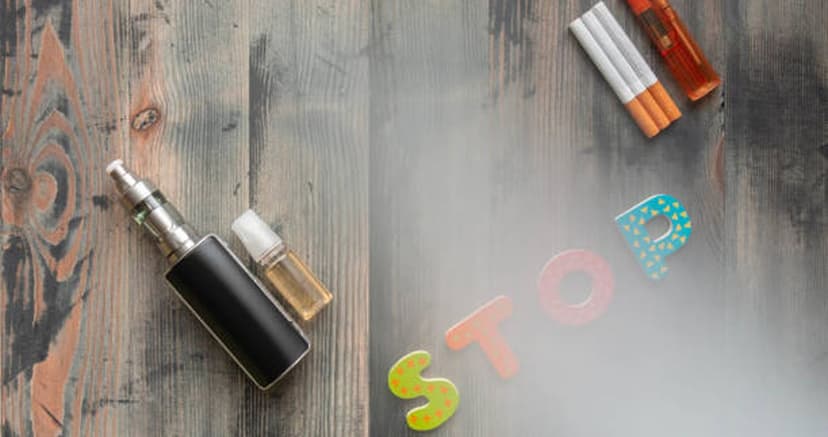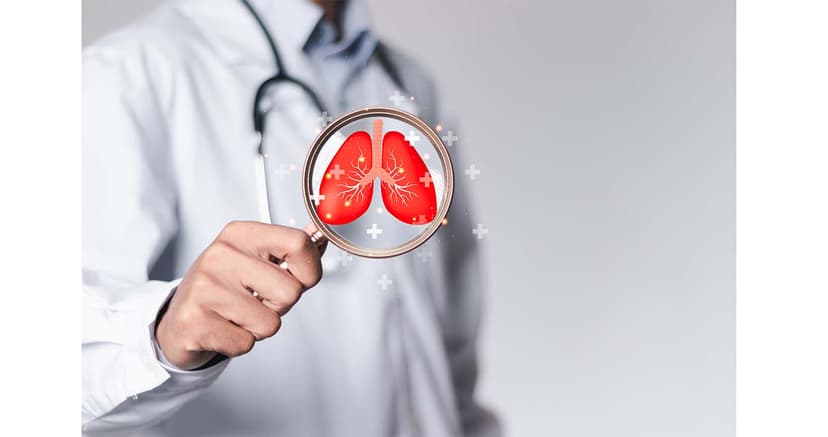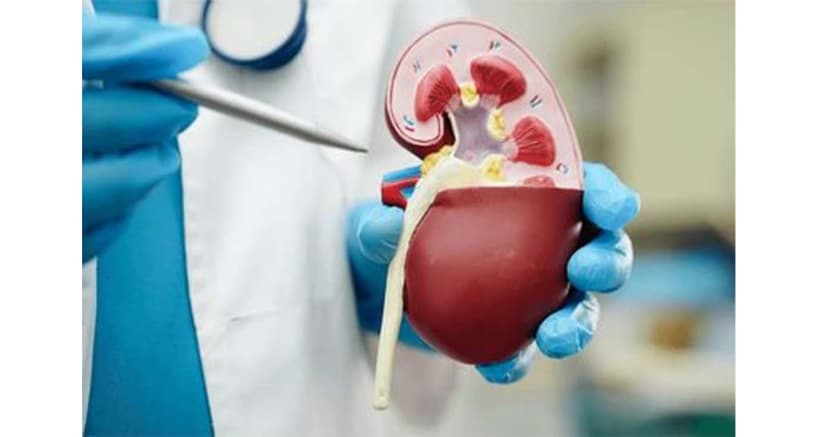Understanding Seasonal Affective Disorder: How to Combat the Winter Blues
By:

Apex Hospitals
10-01-2024 5 Min Read

As some embrace the autumn leaves and winter snow, others may struggle with morning lethargy, daytime fatigue, increased carbohydrate cravings, and general depression during this season. This phenomenon has a name—Seasonal Affective Disorder (SAD)—a type of depression that follows a seasonal pattern. It often starts in late fall and early winter, coinciding with shorter days and colder temperatures, and may persist into spring. In this blog, we explore seasonal affective disorder (SAD) and its impact on individuals during winter.
What is Seasonal Affective Disorder (SAD)?
Seasonal Affective Disorder (SAD), also known as seasonal depression or winter depression, is a type of mood disorder that occurs with the changing seasons. It is most commonly associated with the onset of winter and the reduction of natural sunlight. People who experience SAD often feel a sense of sadness, low energy levels, and a lack of motivation during the winter months.
While it is expected to feel slightly down during the colder months, SAD is a more severe form of depression that requires attention and treatment.
Understanding the Symptoms of SAD
- persistent feelings of sadness
- anxiety
- a lack of interest in activities once enjoyed
- difficulty concentrating
- low energy levels
- Carbohydrate cravings and weight gain,
- Feeling irritated or agitated,
- Disrupted sleep patterns.
The symptoms of SAD can vary from person to person. Still, some common signs include
These symptoms usually start in the fall and continue through the winter, but for some individuals, they may appear during the spring or summer months. It is essential to recognize and understand these symptoms to seek appropriate help and support.
The Impact of Seasonal Changes on Mental Health
Seasonal changes can have a significant impact on mental health, particularly for individuals with SAD. The reduced exposure to sunlight during the winter can disrupt the body's internal clock, leading to a decrease in serotonin levels. Serotonin is a neurotransmitter crucial in regulating mood, appetite, and sleep. When serotonin levels are low, it can contribute to feelings of depression and other symptoms associated with SAD.
Additionally, the lack of sunlight can disrupt the body's production of melatonin, a hormone that helps regulate sleep patterns. These disruptions can further contribute to the development of SAD.
Common Misconceptions about SAD
There are several misconceptions surrounding SAD that can hinder understanding and treatment. One common misconception is that SAD is simply a case of the "winter blues" and that individuals should be able to snap out of it. However, SAD is a real and diagnosable mental health condition that requires appropriate care. Another misconception is that SAD only occurs in areas with cold climates. While it is more prevalent in regions with less sunlight during the winter, SAD can affect individuals living in any location. It is essential to debunk these misconceptions to ensure that individuals with SAD receive the necessary support and treatment they need.
Light Therapy and its Effectiveness in Treating SAD
Light therapy, also known as phototherapy, is a widely recognized treatment for SAD. It involves sitting in front of a specialized lightbox that emits bright light, similar to natural sunlight. The lightbox emits a specific wavelength of light that is thought to stimulate the hypothalamus, reducing melatonin production and regulating serotonin levels. Importantly, these lights filter out UV light, ensuring no risks of harm to the skin or eyes. Many individuals find relief from their SAD symptoms by using light therapy for a designated amount of time each day. Treatment involves sitting next to this light for approximately half an hour each morning, fooling the hypothalamus into perceiving more daylight than is present. However, consulting with a healthcare professional before starting light therapy is important to ensure it is suitable for your specific needs and circumstances.
Coping Strategies for Managing SAD
Apart from experimenting with light therapy, consider the top ten tips for managing Seasonal Affective Disorder (SAD):
1. Dawn Simulation
Utilize dawn simulation lights designed to wake you up each morning gradually. These can be standalone bedside lamps or bulbs fitted to your ceiling light, accompanied by a timer on your light switch. The light brightens slowly over 30 to 90 minutes, mimicking natural sunlight and creating a sunlit feel in your room when you wake up.
2. Maintain a Consistent Sleep-Wake Cycle
Support your natural circadian rhythms by sticking to a consistent sleep-wake schedule every day, including weekends. While it might be tempting to stay up late and sleep in on weekends, doing so can disrupt your weekly sleep-wake cycle, making Monday mornings more challenging.
3. Maintain Adequate Vitamin D Levels:
Recent research has established a connection between Seasonal Affective Disorder and low levels of vitamin D. The body produces vitamin D when exposed to sunlight, leading to potential deficiencies during colder months when sunlight is scarce, and our skin is covered Beyond its role in promoting strong bones and teeth, vitamin D deficiency is now associated with mental health issues like depression. Additionally, spending time outdoors can increase your vitamin D levels. Even a brief ten-minute walk during lunchtime, whether in cloudy or rainy conditions, provides some exposure to daylight, offering a beneficial boost.
4. Engage in Outdoor Exercise:
Participate in physical activity, even when you may not be motivated, as it triggers the release of happy, feel-good endorphins, contributing to an improved mood. Opting for outdoor exercise provides an extra advantage by connecting you with nature.
Moreover, regular physical activity plays a role in lowering stress and anxiety levels, potentially aiding in the management of Seasonal Affective Disorder (SAD) symptoms.
Seeking Professional Help for SAD
If you are struggling with SAD and finding it challenging to manage your symptoms on your own, it is crucial to seek professional help. A healthcare professional like a psychiatrist or therapist can accurately diagnose and develop an individualized treatment plan for your needs. They may recommend a combination of therapy, medication, and lifestyle changes to alleviate your symptoms. Remember, there is no shame in seeking help, and your mental well-being should always be a priority.
Lifestyle Changes to Alleviate Symptoms of SAD
In addition to seeking professional help, making certain lifestyle changes can also alleviate the symptoms of SAD. Creating a daily routine that incorporates activities you enjoy and practicing self-care can help improve your mood and overall well-being. Establishing a consistent sleep schedule to regulate your body's internal clock is essential. Surrounding yourself with a supportive network of friends and family can also provide emotional support during the challenging winter months. Lastly, consider planning a winter vacation to a sunny destination to break up the season's monotony and provide a much-needed mood boost.
Seasonal Affective Disorder is a natural and treatable condition affecting many individuals during winter. Understanding the symptoms and impact of SAD is crucial in seeking appropriate help and support. Whether through lifestyle changes, natural remedies, or professional interventions, various strategies are available to combat the winter blues. Remember, you are not alone, and with the right treatment plan and support, you can effectively manage and overcome Seasonal Affective Disorder. Take the first step towards a brighter future by seeking help and prioritizing your mental well-being.
If you or someone you know is struggling with Seasonal Affective Disorder, contact our healthcare professional for assistance. Your mental well-being is important, and there is help available. Book your appointment now.
FAQS
Related Articles
Connect With Us
Health In A Snap, Just One App.
KNOW MORE



































































































